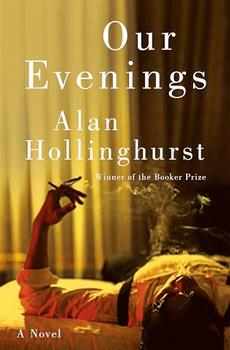Page 1 of 1
There are currently 5 reader reviews for The Boy Who Loved Windows
Write your own review!
Veronica
Wonderful book
This is a great book about a topic that many more people should become familiar with - autism and Asperger's. If you want to read more, check out Temple Grandin's books. She is a high-functioning autistic and has authored books on the subject.
Jean
In my eyes
My little brother is autistic and this book gave me more of an insite from those who Patricia had spoken to about her son. I completely disagreeded with people who say that autistic children and adults have the inability to love. I believe that is the biggest slap in the face. If you believe this you are ignorant.
Shay
As a college student, and choosing to read this book, I thought it was excellent, and it really let me inside of world that I was unfamiliar with. I knew about Autism, but I did not understand it. But Stacey really did a wonderful job with real visuals of what her son was experiencing.
Jennifer
I was compleletly intrigued by this book. I picked it up at the library just looking for a book to read. As I started reading it was like you were there sharing the same feelings about Walker as Patricia had. This book really opened my eyes to how difficult it is to have a child that has or could potiently have a disability.
Marjorie Hutter
While browsing in a bookstore, I picked up this book and began reading the first chapter. After just a few pages I knew I couldn't leave the store without it. I urge everyone to read the opening excerpt provided here by BookBrowse.com. Anyone who loves a child will be riveted! But, that is just the beginning...
The Boy Who Loved Windows engages the reader at many levels – as personal memoir, family chronicle, medical narrative, and philosophical meditation. Like a master photographer, Patricia Stacey moves confidently among these genres, zooming in until we feel ourselves inhabiting the same space as Walker and his family, then pulling back to give a panoramic view of the medical research and philosophical questions underpinning the diagnosis and treatment of autism. Stacey’s “voice” rings with clarity, curiosity and compassion bringing to mind the work of Oliver Sacks. Like Sacks, Stacey honors what is unique to each individual while extracting what is universal about all of us. By so vividly imagining herself inside Walker’s autistic body and mind, she enlarges our understanding of what being human is essentially about.
I strongly recommend this book to anyone who has come to understand him/herself (or a family member) as being highly sensitive. Whether you’ve reached this realization through an experience with autism spectrum disorder, developmental language disorder (like dyslexia), attention deficit disorder, or affective spectrum disorder (like obsessive-compulsive or panic disorder), this book will enlarge your understanding of that experience. As Stacey observes near the end of the book, our culture has long neglected the development of highly individualized nervous systems. Through the introduction of Dr. Greenspan’s “floor time” therapy – which proved so effective for her son – Stacey teaches us “that playing to the nervous system of a loved one is a matter of being mindful and watchful.”




